As a follow-up to last week’s post on the spending methods I use when I travel abroad, I thought it’d also be interesting to talk about how I manage my actual spending itself.
How much do I budget for the major categories of expenses when it comes to travelling around the world, especially on extended trips like the one I’m taking now through the Mediterranean and the Middle East? And how do I keep my spending under control while also ensuring that I have all the ingredients for a memorable trip?
For all the tips and tricks I’ve given you on how to save money on flights and hotels, there’s been little discussion so far of how to apply the same mindset when you’re actually out and about exploring new places, so it’s about time we rectified that. I will say that my specific spending patterns will likely be particular to my own travel style and personal circumstances, so might not be generalizable to everyone here (after all, I suspect my readership spans a pretty vast range of disposable income), but hopefully you can glean a few big-picture insights to help you budget for your next trip.
In This Post
Flights: Spectacular Savings on Premium Class Flights
If you read this blog on the regular, you’ll know that I almost never pay full fare for long-haul international flights. I’m almost always using a mileage program of some sort to unlock greater style and comfort at a huge discount from the retail price.
Typically, a mileage redemption comes with a few government-imposed taxes and fees that must be paid on the side, along with the occasional carrier-imposed surcharge as well. While I’m strongly opposed to paying these surcharges on principle, I’m usually okay with paying a moderate amount of surcharges if they’re the only option available.
(By “moderate”, I’m referring to the ~$150–200 in surcharges that, say, ANA or Hainan Airlines levy, rather than the exorbitant $500+ that Air Canada or Lufthansa might charge on transatlantic travel. But then again, if it’s Lufthansa First Class, I’ll go up to $500 no problem.)
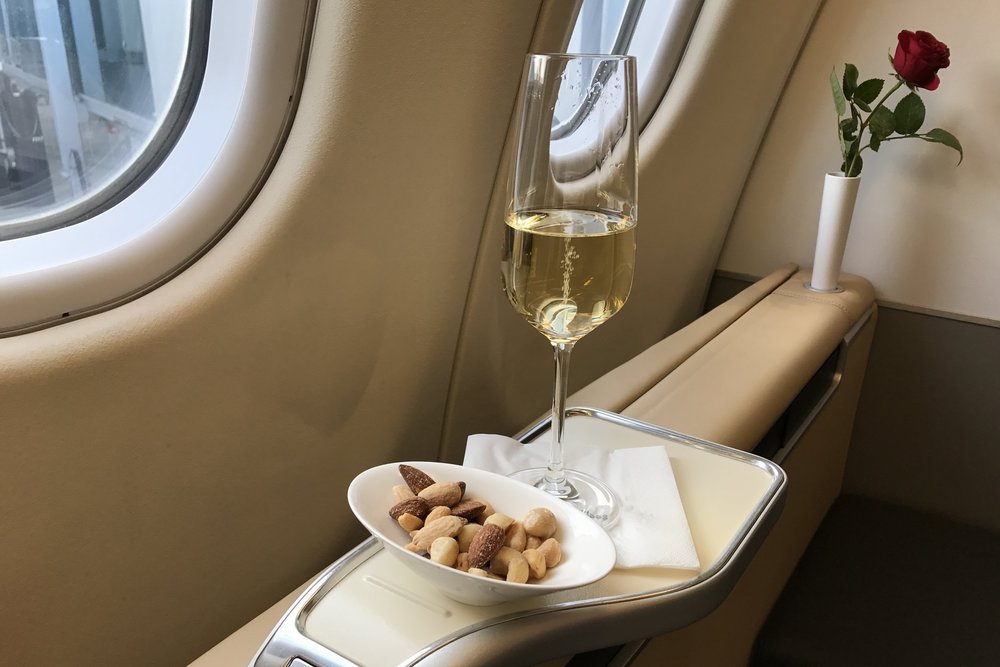
Also, while I definitely seek to fly business class whenever possible on long-haul trips, I’m totally fine with economy class for regional flights of about four hours or less. In particular, if I’m taking an extended trip hitting up multiple destinations, then I’ll usually need to book several “in-between” flights to get me from place to place, and unless there’s good value in redeeming points on these short-haul trips, I’ll often just shell out for the cash price if it’s reasonable. And if I have any balances in fixed-value points currencies on hand (like Scotia Rewards or HSBC Rewards), I’ll be sure to deploy those as well.
Overall, my flight budget varies quite significantly depending on the nature of the trip itself, and I just try to optimize my outcomes by making smart decisions everywhere along the trip planning process. A simple trip back to Asia to visit my family probably runs me no more than $200 all-in, whereas an extended-length trek across multiple continents will definitely cost more.
Budget: Varies between $200–1,000 per trip
Hotels & Accommodations: Minimal Expenses, Whenever Possible
I do love redeeming hotel points for free nights along my travels – particularly Marriott Bonvoy, which is the easiest points program for Canadians to participate in. In contrast to airline miles, hotel stays are usually truly “free” when paying with points (other than the costs you incurred acquiring those points in the first place).
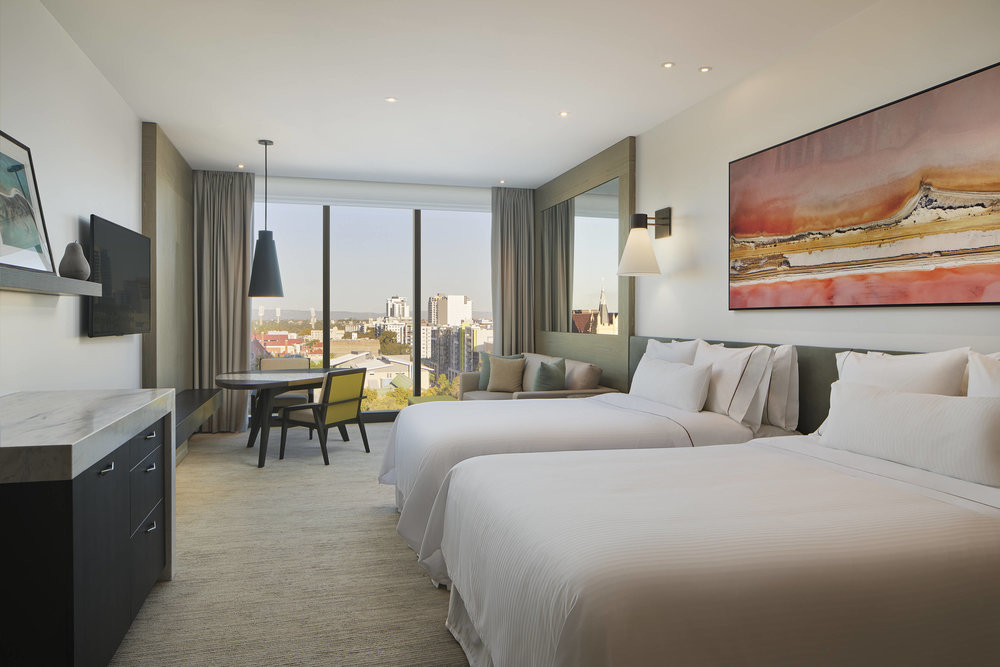
There are usually no excessive co-pays or surcharges when redeeming points for hotels, with the exception of the recent emergence of “resort fees” or “destination fees”, but that’s a topic for another day.
However, I wrote recently about how I now find myself paying cash for hotels more and more. With the value of Marriott Bonvoy points slipping away from its zenith in 2017–2018, I now guard my points more tightly than ever before, choosing to only redeem them when I can get good value for them. Generally, I’ll only consider redeeming points unless I’m getting above 1 cent per point (cpp) in value, with the exception being the lower-tier Category 1 and 2 hotels where I feel comfortable parting ways with the lower sums of points more easily.
As a result, I’ve been budgeting for the occasional paid hotel stay along my trips as well. I usually stick to the range of $100–200 per night, unless there’s a really special property I want to try that’s going for more than that. And of course, there’s also the matter of accommodations in places where chain hotels aren’t necessarily the best idea, such as the incredible Sultan Cave Suites that I recently tried in Cappadocia, Turkey.
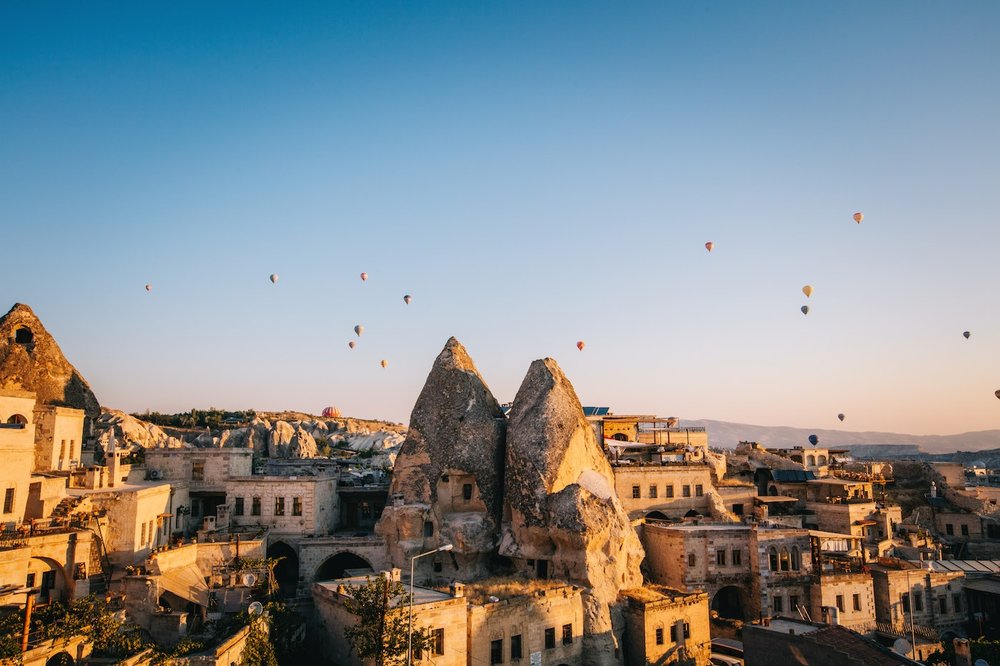
Averaging out the days when I redeem points for hotels and the days when I pay cash, I’d say that a budget of $100 per day on accommodations is a fair estimate.
Budget: $100 per day
Food: Mostly Frugal, with the Occasional Splurge
Not only is food one of the most important ways to interact with new cultures and peoples when you’re travelling, but trying out new flavours and expanding your palate is just so much fun as well. Best of all, trying new foods is something that doesn’t have to be expensive at all, and can usually be quite easily accomplished even if you’re on a tight budget.
When I’m travelling, my days often get so hectic that I don’t really have time for three sit-down meals a day. Instead, what usually happens is that we’ll grab a big breakfast at the hotel, which can sustain me until around 2pm in the afternoon. This is where hotel loyalty status really pays off, in my opinion, as the breakfast benefit can often cover two meals a day if fully maximized.
I’ll then grab a quick snack to keep me energized until dinner. This snack is my opportunity to try out some cheap local street food – you’ll never spend more than a few dollars on street food in most parts of the world, and you’ll always find a nice surprise or two!
[foogallery id=”16937″]
When it comes time for dinner, I’ll keep things simple on most days with a quick meal that costs about $10–15. After all, the costs of eating out almost every day can add up very quickly, so I try to be mindful of that on a day-to-day basis.
Every now and then, I might decide to splurge on a nicer meal, maybe at one of the city’s best or most well-known restaurants, especially if I’m travelling with Jessica and we feel like having a date night. But to be honest, it’s also just as likely that we’ll decide to make do with a cheap kebab, or hit the Executive Lounge evening spread if it’s available at our hotel and fill up on the canapés 😉
I’d say this spending pattern would be sustainable for trips of up to about a month in duration – if I go on a trip for longer than that, I’d really need to find a place with a stove-top so I can make food for myself too. Also, note that this budget simply isn’t practical in some places around the world: London is one of my favourite cities, but boy does it leave me feeling bad about how much money I’ve spent on food and entertainment every single time I’m there.
Budget: $50–75 per day
Activities & Attractions: A Fair Amount, When It’s Worthwhile
Outside of flights and hotels, I’d say that most of my travel spending goes towards activities, attractions, and “things to do” in general. Historical sites, museums, points of interest, tall buildings, cable cars… all of these things usually have admission costs associated with them, and I find it easier to justify these costs because, well, if I’m not going to spend time and money exploring the best of what a certain place has to offer, then what did I come here for?
Having said that, I don’t spend money willy nilly on sightseeing either. Doing my research beforehand allows me to figure out which attractions are worth paying for, and which ones don’t really justify their cost and might simply be popular because everyone else is doing it – in other words, it’s a tourist trap!
For example, just today as I write this, I was able to check off a major bucket list item by visiting the Great Pyramids of Giza during a long layover in Cairo. While the 160 EGP ($12) admission fee to the site of the Pyramids was obviously worth paying for, multiple accounts indicated that the inside of the Great Pyramid of Khufu wasn’t really worth the additional 360 EGP ($28), so we skipped that and just looked at the Pyramids from all angles instead.
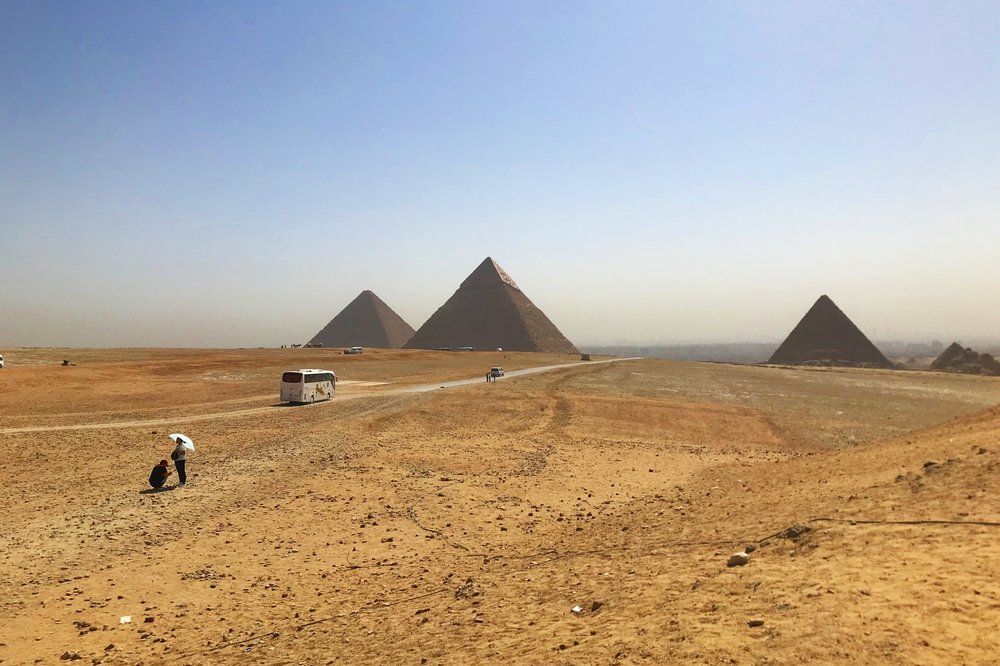
I also do try to get to take on as many free activities and attractions as I can find, as there are plenty of ways to get to know a new place without spending too much money. Going hiking, visiting a park, or walking around in the most vibrant neighbourhoods are some of my favourite ways to pass the time at a relaxed pace.
And yet, on the other hand, this category is where I’ll also be more tempted to splurge on special experiences, since I’m not sure when I’ll be back in the same place next time. One example of this would be my recent sunrise hot air balloon ride in Cappadocia at €165 ($248) per person: yes, that’s a good amount of money, but it’s also a memory that Jessica and I will cherish forever.
The challenge, then, is deciding which experiences are special enough to warrant splurging: perhaps I’ll go for the world’s highest high tea at the Burj Khalifa in Dubai, but maybe I’ll have to pass on skydiving over The Palm as a result…
Budget: Depends, but averages to $50–75 per day
Transportation: Save Money by Keeping It Local
Getting around is another area in which people’s travel styles vary greatly. While many travellers prefer getting the town car to/from the airport and taking a taxi everywhere they go, I’ll usually choose to explore places through a mixture of walking, taking public transport, and using a car service like Uber (or a local taxi as a last resort).
It helps that both Jessica and I really enjoy walking around for hours on end, and I personally take a keen interest in the public transit infrastructure in cities around the world, relishing the challenge of figuring out how to find my way around a new transportation network. Moreover, you’re also unlocking another window into how the locals live their lives by choosing to get around like one.

And of course, the cost of transportation comes out to be significantly cheaper this way. It’s sometimes scary to think about how cheap Uber is in certain cities around the world, and public transit will tend to be very affordable as well. Again, certain places are going to be much more suited to renting a car or hiring a driver for your stay, but whenever it’s possible to get around simply with a subway pass, our walking shoes, and Google Maps, that’s what I’ll most likely be doing.
Budget: $10–20 per day
Souvenirs: Almost Zero
Here’s one thing that, in my mind, reduces my travel cost significantly compared to the average person: I almost never buy souvenirs when I travel.
In theory, it makes perfect sense to buy some small memorabilia as a keepsake to place on your mantlepiece at home and remind you of your trip. But on the few occasions when I’ve bought souvenirs for my home, I’ve found that it just ends up becoming clutter and nothing more. Plus, given how frequently I travel (and how even more frequently I want to be travelling), I’d just end up with a collection of useless knick-knacks if I bought a souvenir from every place I visited.

I’ll buy the occasional present for my mum if I’m visiting a local handicraft market somewhere. Otherwise, I’m really not that into physical souvenirs – for me, as the etymology of the word implies, the memory of having taken the trip itself is the only souvenir I need.
Budget: $0
Conclusion
Throw in an additional $50/day or so in unexpected expenses – those always happen – and that’s just about my entire travel budgeting process outlined in full. I suppose I’m similar to the average traveller in that my main expenses still fall into the categories of flights and hotels, although thanks to the power of Miles & Points, my flying and staying experiences are dramatically elevated at a price point that’s far below the norm.
I’m curious if my travel spending philosophies resonate with you, or if you approach any of these spending categories in a different way. I’d love to hear about everyone else’s travel budgeting strategies as well, so please feel free to let me know in the comments.

















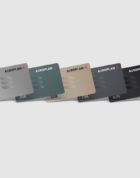


Thank you for sharing Ricky! I did the hot air ballon in Jordan and wanted your take if its worth doing it again for that price in Cappadocia or will that be just giving me an experience I already had?
Thank you,
Marlene
Thank you for your take on souvenirs! It’s refreshing and the way I approach it as well, yet my friends and family don’t understand.
I am also into public transit infrastructure (have a few metro posters that I’ve been to! Hah). One addition to getting around a city is a bike. You can cover so much ground and it’s usually quite affordable.
My biggest expense is definitely activities and outings for sure because those create memories, especially if they are a once in a lifetime thing such as your hot air balloon excursion.
Also, I too think that the best way to see a new city is by exploring on foot.